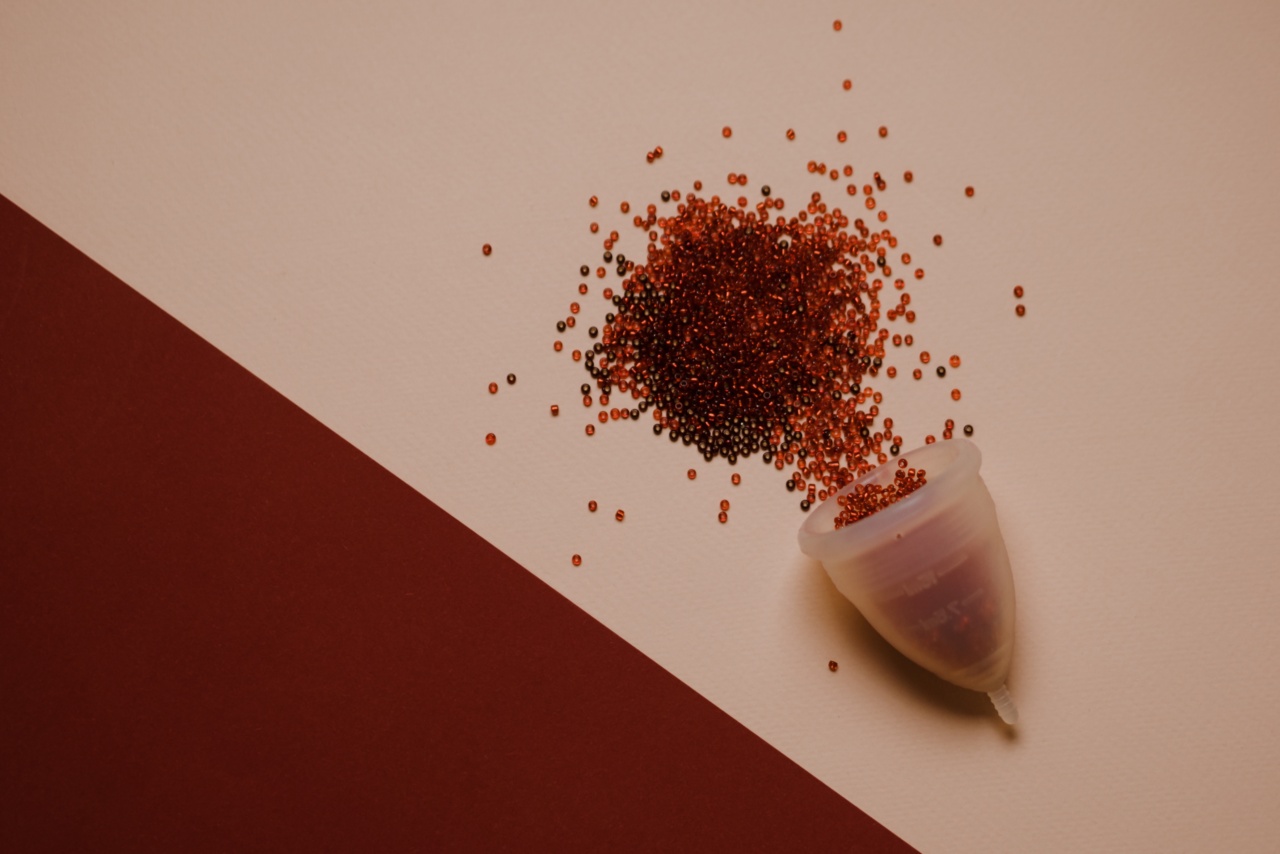Menstrual pain, also known as dysmenorrhea, is a common condition that affects many women worldwide. The discomfort and pain associated with menstruation can range from mild discomfort to debilitating cramps that interfere with daily activities.
Fortunately, there are several management strategies that can help alleviate menstrual pain and improve overall quality of life. In this article, we will explore the insights and recommendations of two doctors who specialize in women’s health.
Understanding Menstrual Pain
Before diving into the management strategies, it is important to understand the causes and types of menstrual pain. Menstrual cramps occur due to the contraction of the uterus as it sheds its lining. There are two types of dysmenorrhea:.
Primary Dysmenorrhea
Primary dysmenorrhea refers to menstrual pain that is not caused by an underlying medical condition. It is a normal part of the menstrual cycle and is often experienced by teenage girls and younger women.
The pain usually starts a day or two before menstruation begins and subsides within a few days.
Secondary Dysmenorrhea
Secondary dysmenorrhea, on the other hand, is menstrual pain that is caused by an underlying medical condition. Conditions such as endometriosis, fibroids, pelvic inflammatory disease, and adenomyosis can lead to secondary dysmenorrhea.
It is important to consult a doctor if the pain is severe, persists longer than usual, or is accompanied by other symptoms.
Doctor A’s Guide to Managing Menstrual Pain
Dr. A, a renowned gynecologist, shares her insights on managing menstrual pain:.
1. Over-the-Counter Pain Relievers
Nonsteroidal anti-inflammatory drugs (NSAIDs) such as ibuprofen and naproxen can provide relief from menstrual pain. These medications work by reducing the production of prostaglandins, hormone-like substances that trigger uterine contractions.
It is important to take the recommended dosage and not exceed the daily limit.
2. Heat Therapy
Applying heat to the lower abdomen can help relax the uterine muscles and alleviate pain. Use a heating pad or take a warm bath to soothe menstrual cramps. Alternatively, a hot water bottle wrapped in a towel can also provide relief.
3. Exercise and Physical Activity
Engaging in regular exercise and physical activity can help reduce menstrual pain. Endorphins released during exercise act as natural pain relievers. Activities such as walking, swimming, or yoga can be particularly beneficial.
Aim for at least 30 minutes of moderate exercise most days of the week.
4. Dietary Changes
Opting for a healthy, balanced diet can have a positive impact on menstrual pain. Some studies suggest that reducing the consumption of processed foods, caffeine, and alcohol may help alleviate symptoms.
Incorporating more fruits, vegetables, whole grains, and lean proteins into your diet is recommended.
5. Herbal Remedies
Certain herbal remedies have been found to be effective in managing menstrual pain. These include ginger, cinnamon, chamomile tea, and turmeric.
However, it is important to consult a healthcare professional before trying any herbal remedies to ensure they are safe for you.
Doctor B’s Guide to Managing Menstrual Pain
Dr. B, a specialist in integrative medicine, offers her recommendations for managing menstrual pain:.
1. Mind-Body Techniques
Practicing mindfulness, meditation, deep breathing exercises, and relaxation techniques can help reduce stress and ease menstrual discomfort. Stress can exacerbate pain, so finding ways to relax and calm the mind can be beneficial.
Consider incorporating these techniques into your daily routine.
2. Acupuncture and Acupressure
Acupuncture, a traditional Chinese medicine practice, involves the insertion of thin needles into specific points on the body. Acupressure, on the other hand, involves applying pressure to these points.
Both techniques have been found to alleviate menstrual pain and promote overall well-being.
3. Supplements and Vitamins
Certain supplements and vitamins may help relieve menstrual pain. Omega-3 fatty acids, magnesium, and vitamin E are commonly recommended.
However, it is important to consult a healthcare professional before starting any supplements to ensure they are suitable for you and will not interact with any medications you may be taking.
4. Transcutaneous Electrical Nerve Stimulation (TENS)
TENS is a technique that involves applying low-voltage electrical currents to the body through electrodes. It is believed to disrupt pain signals and provide relief.
TENS devices can be purchased for home use, but it is advisable to consult a healthcare professional for guidance on proper usage.
5. Hormonal Birth Control
Hormonal birth control methods such as oral contraceptives, patches, or intrauterine devices (IUDs) can help regulate the menstrual cycle and reduce menstrual pain. They work by suppressing ovulation and reducing the production of prostaglandins.
Conclusion
Menstrual pain is a common condition experienced by many women. While it can be uncomfortable, there are numerous management strategies available. The insights provided by Dr. A and Dr. B offer a comprehensive guide to managing menstrual pain.
It is important to remember that what works for one person may not work for another, so a personalized approach is crucial. If your menstrual pain is severe or significantly impacts your quality of life, it is advisable to consult a healthcare professional for further evaluation and guidance.































